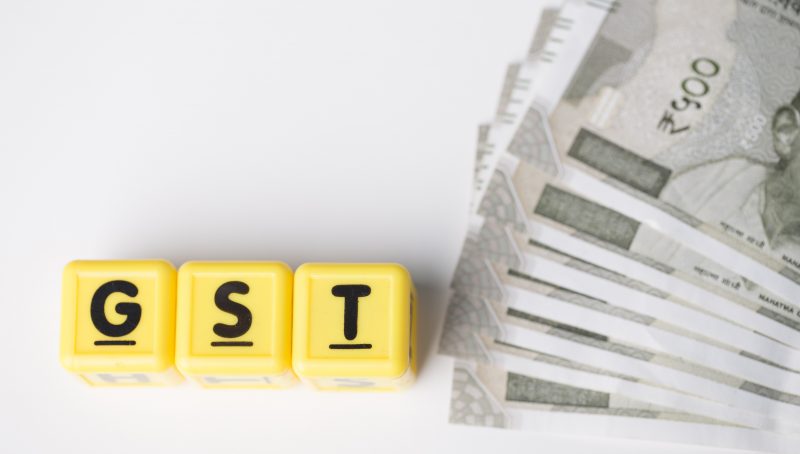India’s tax legacy seems to have been reinvigorated with Goods and Services Tax (GST) making its journey mark 555th day today! GST will be taking a leap very soon with a significant overhaul of the law, the system of GST return submission and rate structure.
Certain long pending tweaks to the GST law will finally come into effect from 1st February 2019. Apart from several changes for small taxpayers, including ease of claiming the input tax credit, a new return filing system is being proposed.
The GST 2.0, the new return filing system proposed for implementation starting from 1st July 2019 – trial run beginning 1st April 2019 – serves a two-fold objective of eliminating the need for multiple returns, and simplifying the process for better transparency in GST compliance.
Both GSTN along with the GST council constantly seek out ways to reduce the burden of compliance currently bequeathed on the taxpayers. The secondary objective of this exercise is to ensure 100% reporting by missing filers.
The extension of deadlines to claim the Input tax credit (ITC) for FY 2017-18, and the filing of GST returns for FY 2017-18 now up to 31st March 2019 without the charge of late fees, are some of the measures taken to lure in the missing filers.
The revenue collections for FY 2018-19 has been sluggish with the government struggling to achieve the average target mark of Rs. 95,000 crore. While the State collections have been outperformed by the Centre it is important to note that the State receives a stipulated amount of money from the govt with an escalation built in. Therefore, their revenue grows irrespective.
The revised budget estimates for this fiscal year have been fixed at roughly Rs.11 lakh crore, while the total collections achieved so far amounts to Rs.6 lakh crore. This gap seems to be partly on account of increase in GST evasions by wrongful claims of ITC and the politically driven rate-rationalisation exercises. The upcoming months are crucial for GST since political compulsions could drive a lot of changes.
Rate rationalisation has been the core subject of discussion for a while now. With the recent GST council meeting held in December 2018 and one to be held soon, the decisions will hold significance in terms of pruning the rate structure and making it suitable for consumer and housing segments.
The press quoted Sushil Kumar Modi stating that the GoM formed for the MSME recommends a hike in composition threshold from Rs.1 crore to Rs.1.5 crore and that he favours annual return filing for composition dealers by pushing the frequency of tax payments quarterly.
While a separate composition scheme for small service providers is recommended, the turnover limit for opting into it is reckoned at Rs.50 lakhs with a tax rate of 5% GST (without ITC).
The Sushil Kumar Modi lead GoM also recommends that Kerala must be allowed to levy a cess of up to 1% for the next two years to shore up funds for rehabilitation post the flood. GST Council to take final decision the revenue mobility scheme that is proposed before it on 10th January 2019.
GST at the 555th mark has dispensed its duty despite the impediments and obstacles along its way. The reforms by the GST council have been prompt and however, the execution of the same needs to be sharper to better accommodate the taxpayers.




